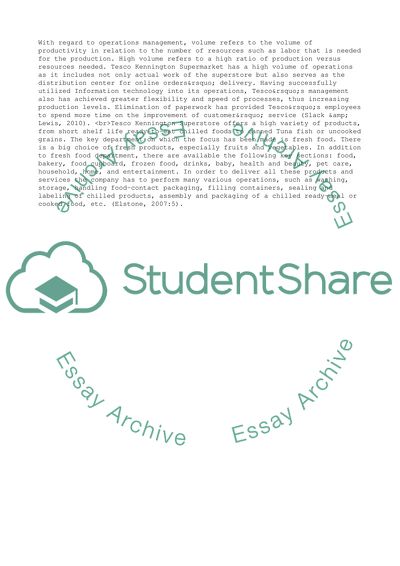Cite this document
(Operations Management in Tesco Kennington Superstore Case Study, n.d.)
Operations Management in Tesco Kennington Superstore Case Study. Retrieved from https://studentshare.org/management/1844284-report-on-operations-management
Operations Management in Tesco Kennington Superstore Case Study. Retrieved from https://studentshare.org/management/1844284-report-on-operations-management
(Operations Management in Tesco Kennington Superstore Case Study)
Operations Management in Tesco Kennington Superstore Case Study. https://studentshare.org/management/1844284-report-on-operations-management.
Operations Management in Tesco Kennington Superstore Case Study. https://studentshare.org/management/1844284-report-on-operations-management.
“Operations Management in Tesco Kennington Superstore Case Study”, n.d. https://studentshare.org/management/1844284-report-on-operations-management.


